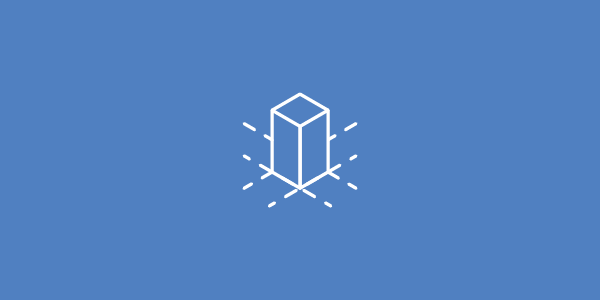46 OpenCity: Illustration Components

We spoke what are Illustration Components, the key of our Modular design. Now we are going to explain what is an Illustration Component for our OpenCity collection.
Do not forget that each Component, Module or Element utilizes isometric illustration perspective at 26,565º that aligns with the isometric grid to permit overlapping and interlacing of the elements to create a scene or larger element. However, the sides are 35.78px, but for OpenCity to simplify the scale it is created as if they had 35,5px.
Imagine a house like the next picture on the left. All the Modules/Components (The structure of the house, the doors and the window) are grouped as one single illustration (or Component of a House) as shown in the next picture on the right.


As the house are built with Modules, the structure is created to be independent, in that way it could be used and modified as we need it. But creating as a component means, each side of the building is an element (an independent illustration) allowing the easy modification of the sides.
Inside of the Module House, we can see the Module of the structure as the next picture on the left and the element of the roof as the next picture on the right.


As the Module of the structure is made by different elements (one for each side of the house), the color of each side of the building (or the lines) could be changed with no problems for a better personalization, just like in the following pictures.



About the Modules inside of the Component of the House. Each one of the Elements (windows, door) must be finished, no matter what. It does not matter that we are not going to see 100 of the Module, each time we draw something, we start and finish it. Such independence allows the reutilization in a different building, we do not need to create the same illustrations again and again.

But a true Component illustration means to be 100% modular and personalizable. Each side of the door is also an independent element grouped. And on each side there is a group made by different independent Elements that allow applying one independent color to each part of the door.


One window is a Component made by grouping 4 little windows or Modules. Each one of each single Module is a group of different elements.


Once the illustration is finished, as we did create a House as a Component illustration, we can put two Houses in a new file or even 4 and create a much more complex scene. After the creation, we will group the final result too.


We cannot forget about the mathematical importance of a modular system.
We cannot create any element on any place as we wish, not always anyway. In an isometric illustration, the lines must be isometric, always. We need an alienation of the elements with 26,565º or 90º. We need to start in the center of one unit or on the left the same space between the elements, like in the windows, where we have the same px on the left or right in any single one (comparing with a similar window of the scene).


There are 3 main things which might not be evident in the video but might come in handy:
- using point snapping/a reference grid to place objects easier
- using a unit for modules so different pieces fit together
- when assembling objects with repeating parts, using symbols instead of groups
to make tweaks easier